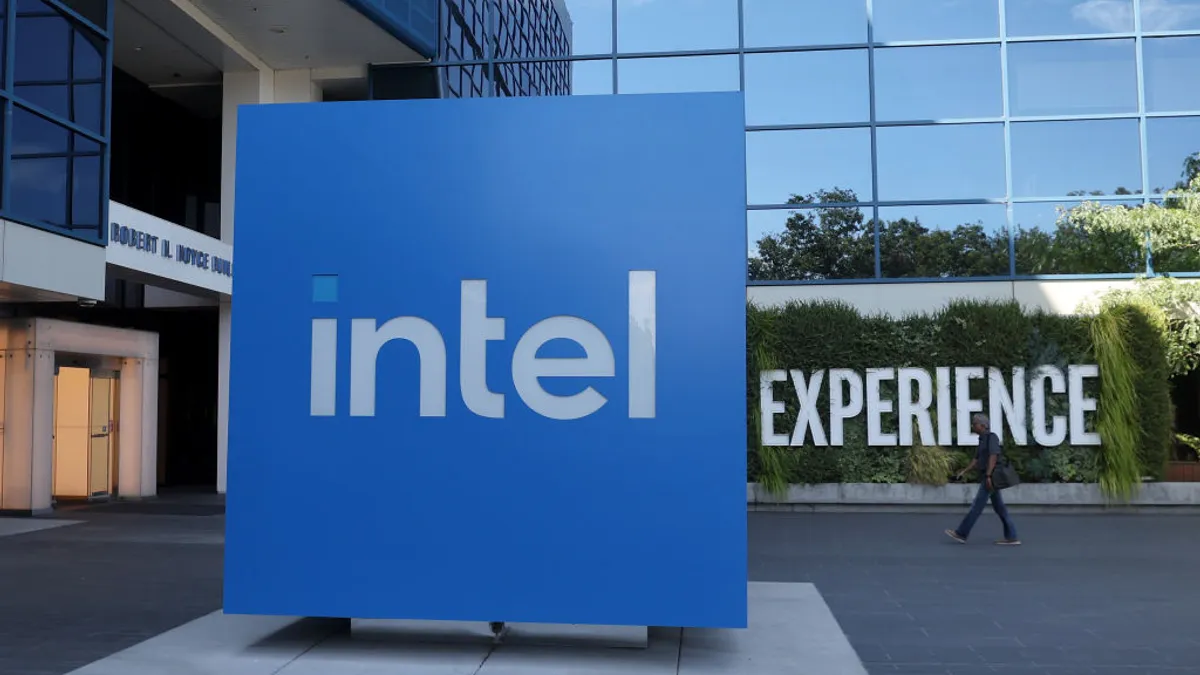By now, you may have had enough of the reminders: For the past year, Windows 10 has fervently asked users to upgrade their PCs. And now, the era of the free upgrade has come to an end.
The deadline for a free upgrade officially ends at 11:59 p.m. UTC Friday. That means at 2:59 a.m. PDT or 5:59 a.m. EDT Saturday, your free upgrade time is up. Finito. The end.
The past year since the Win10 launch has been filled with pesky reminders imploring users to upgrade for their own sake.
In some cases, the updates were forced and unwanted.
Shortly after Windows 10 launched, Teri Goldstein’s computer attempted to install the new OS, which she did not authorize. After the update failed, her computer became slow and would frequently crash, rendering it unusable for periods of time. Goldstein, a Sausalito, Calif., travel-agency owner, successfully sued Microsoft for $10,000 in lost wages and the cost of a new computer, according to The Seattle Times.
Three Florida men also filed a lawsuit against Microsoft, this time in federal court, stating that the company "coerced" them into the upgrade which resulting in damaged PCs, as well as lost time and money, according to a CIO report.
Microsoft backed down from some of its more aggressive tactics, and now offers customers options, including "upgrade now, schedule a time to upgrade, or decline the free offer for the new OS."
Looking back
Windows is old-school Microsoft: It is the company’s bread and butter and has served as the foundation for it to expand into newer technologies, from its Azure cloud to the different Xbox iterations.
And though some may question the company’s upgrade tactics, Windows 10 has had the most rapid launch ever of a Windows OS. As of June, it accounted for 19% of the desktop OS market share, according to Net Market Share, though Windows 7 is still the dominant OS, with 49% of the market share. Oh, and lest we forget the version that came before Windows 10, Windows 8 still touts 8% of the market share.
Though the company has 350 million devices running Windows 10, Microsoft declared it would not reach its goal of OS running on 1 billion monthly active devices by 2018, large in part because of the decline of its phone business.
"Due to the focusing of our phone hardware business, it will take longer than FY18 for us to reach our goal of 1 billion monthly active devices," said Yusuf Mehdi, Windows marketing chief, in a statement.
Appealing to the enterprise
The key and the true mark of success for Windows 10 will be its presence in the enterprise. For businesses, the change requires an enterprise-wide rollout that takes both time and coordination.
Some business leaders have boosted their support for the OS. The Department of Defense is working to move its 4 million computers to Windows 10 by January. The Pentagon wants to "rapidly transition" to improve its "cybersecurity posture, lower the cost of IT and streamline the IT operating environment."
Terry Halvorsen, the DOD’s CIO, showed a bit too much enthusiasm for the product earlier this year. In April, when discussing the upgrade on a conference call, Halvorsen said, "I would tell you if you're using a computer at home and you're not on Windows 10, you're doing yourself an injustice. You ought to be moving to Windows 10."
An industry trade group filed a complaint that Halvorsen’s praise violated federal regulations prohibiting government officials from endorsing commercial products.
To further expand the OS’ presence in the enterprise, Microsoft is offering different solutions it hopes appeals to customers.
Earlier this month, Microsoft confirmed plans to charge enterprise a monthly subscription fee for Windows 10 usage.
In an "as a service" model, enterprise will be asked to pay $7 per user per month for an enterprise tier, called Windows 10 Enterprise E3. The move has the added benefit of creating a steady stream of income for Microsoft, rather than companies buying the product outright in a one time purchase.
Microsoft also rolled out a catalog for enterprise applications that are meant to help IT decision makers find business solutions already supported by Windows 10.
The company already has slated additional future updates. In its Anniversary Update planned for Aug. 2, the company plans to roll out a number of enhancements. The include more security features, which often work to boost enterprise appeal.
With the update, the company is offering threat intelligence and attack detection through a service called Windows Defender Advanced Threat Protection. It will also have a service to allow businesses to separate personal and organizational data, which helps to protect proprietary information.






















